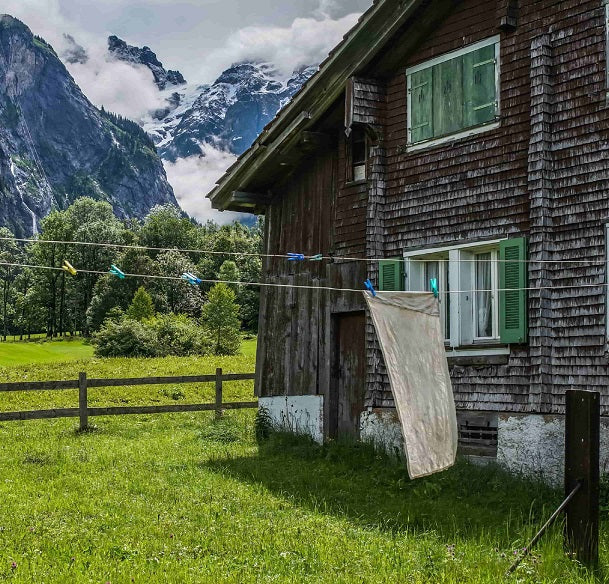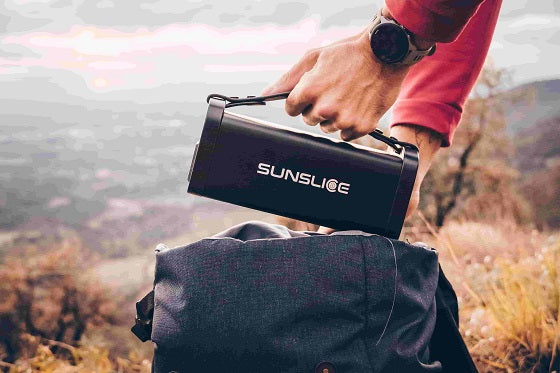The Camino de Santiago, or Way of Saint James, is a spiritual and cultural journey that has attracted pilgrims from around the world for centuries. This extraordinary experience takes you through beautiful landscapes, historic towns, and unforgettable encounters. To best prepare for this adventure, we've put together a comprehensive guide with essential tips for hikers on the Camino de Santiago.
1. Essential Preparation
1.1. How long does it take to complete the Camino de Santiago?
The time it takes to complete the Camino de Santiago depends on the route you choose and your walking pace. The Camino Francés, the most popular route, typically takes 4 to 6 weeks to complete. Make sure to plan accordingly.
1.2. What is the best time to walk the Camino de Santiago?
Spring (April to June) and autumn (September to October) are the most popular seasons for walking the Camino de Santiago due to pleasant temperatures. However, each season has its charm. Summer can be hot, while winter is quieter but colder.
1.3. Should I book accommodations in advance?
It's recommended to book accommodations in advance, especially if you plan to walk during the high season (April to October). This ensures you have a place to sleep each night. However, some pilgrims choose to walk without reservations for a more spontaneous experience.
2. Equipment and Physical Preparation
2.1. What equipment should I bring?
The choice of your equipment is crucial. Make sure to have good hiking shoes, a comfortable backpack, clothing suitable for the weather, a first aid kit, and a credencial, the pilgrim's passport. Don't forget to include a hat, sunglasses, and a reusable water bottle.
2.2. How can I train physically?
Physical preparation is essential for a successful hike on the Camino de Santiago. Start training several months in advance by taking long walks and wearing your backpack. Strengthen your muscles, especially your legs and back.
2.3. What clothing is recommended?
Pack clothing suitable for the expected weather along the route. Prepare lightweight and breathable clothing for summer and thermal layers for winter. A poncho or waterproof jacket is also a good idea as rain is common.
3. Energy and Navigation Management
3.1. How can I charge my electronic devices during the hike?
Power management is crucial, especially if you plan to use your phone for navigation, photos and calls. Opt for a portable solar charger. This will enable you to recharge your devices using solar energy during your breaks, which is particularly useful on the road. It's important to choose a compact, ultra-light model, such as Photon or Electron solar batteries (which have the advantage of being all-in-one), or an ultra-light, flexible Fusion Flex 6 or Fusion Flex 12 panel, depending on your energy consumption.
3.2. Is the Camino de Santiago well-marked?
Yes, the Camino de Santiago is generally well-marked with scallop shells and yellow arrows. You will also find signs in the villages and towns you pass through. However, it's always recommended to have a navigation app on your phone in case of uncertainty.
4. Environmental and Local Respect
4.1. How can I minimize my impact on the environment?
Respect nature by leaving no trace behind. Pick up your litter and follow the rules of each place you traverse. Use biodegradable products whenever possible. Be mindful of local wildlife and flora.
4.2. How can I interact respectfully with local residents?
Be open to encounters with locals and respect their culture and customs. Learn a few basic phrases in Spanish, the most common language on the Camino de Santiago. Be polite and thank people for their hospitality.
4.3. Can I walk with my dog on the Camino de Santiago?
In general, dogs are not allowed on the Camino de Santiago due to environmental preservation and the well-being of other pilgrims. It's advisable to check the specific regulations of the route you choose.
5. Personal Care and Safety
5.1. Can I walk alone on the Camino de Santiago?
Yes, many pilgrims walk alone on the Camino de Santiago. However, it's recommended to take safety precautions, stay vigilant, and walk with other pilgrims if you prefer.
5.2. How can I care for my feet during the hike?
Take care of your feet by wearing quality socks, using anti-friction creams, and regularly trimming your nails. If you develop blisters, treat them promptly to prevent them from becoming a more serious issue.
5.3. What should I do in case of an injury or health problem during the hike?
In case of injury or a health issue, do not underestimate the situation. Seek medical help as soon as possible. There are also medical assistance points along the Camino de Santiago.
6. Enjoy Every Moment and Stay Open to Miracles
In conclusion, walking the Camino de Santiago is an extraordinary adventure that requires thorough preparation. By following these tips, you'll be better prepared to face challenges and fully appreciate this unique spiritual experience. May your journey be filled with discoveries, inspiring encounters, and moments of deep reflection. Every step will bring you closer to the final destination, Santiago de Compostela. Buen Camino! 🌟
The Camino de Santiago is much more than just a hike; it's an inner journey and a life-changing experience that will leave you with unforgettable memories. Take the time to prepare, immerse yourself in the unique atmosphere of the Camino, and savor every moment of this exceptional adventure.















